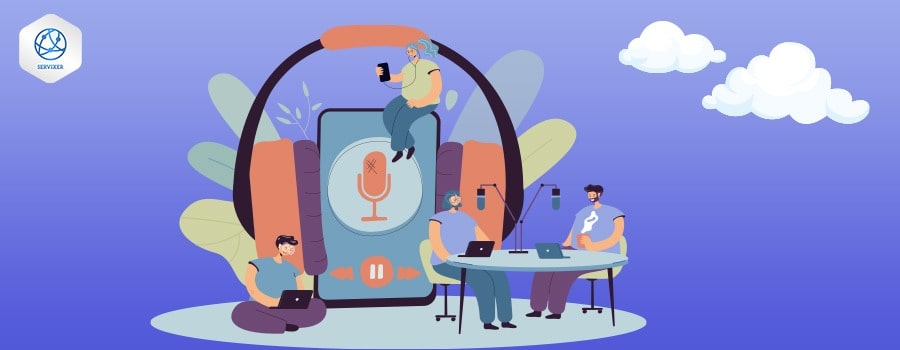Translation is an essential tool for communication between businesses, companies, and their customers. Although professional human transcripts are used for a while now. There has been the recent emergence of automated translation on the internet. Machine translation has evolved amazingly over the past few years.
But with the development of automated translation, its disadvantages are being discovered steadily too. In this blog, we will discuss a few of the disadvantages of automated translation that makes it a bad choice for businesses.
-
Machines cannot understand the culture
There is no way you can program a machine to understand the culture. Different cultures in the world have different lexical items that are unique to that specific culture. Machines don’t have the complexity to understand or recognize slang, idioms, and in some cases names. This is one challenge machines have never been able to overcome and it will be extremely difficult for them too. While this is a significant challenge to the machines, native in-country speakers who are well versed in the languages and understand all the idioms and slang the culture has to offer are skilled enough to find suitable equivalents in the target languages.
Remember in some cultures; some words mean one thing to them while the same words in another culture mean an entirely different thing. Different people have different accents meaning their pronunciation is different even if the words mean the same thing. Only a human translation can tell the difference because the machine translator will just do the direct word-to-word translation.
Quality Transcription Service is within your budget now as Servixer is excited to offer this with unmatched affordability.
-
Computers can’t relate words to context
In the different languages, there are words with dual meanings and this can be a significant problem for the machine translators. These words have to be related to the context to help determine their true meanings and only a human translation can do this.
For example, the word “tears” in the English language could refer to holes in a bag or an action of tearing something. It could also mean the tears shed when someone is sad. This now becomes tricky for the machine translator because it cannot relate the word to the context while at the same time, the machine cannot give both meanings of one text. On the other hand, it’s easy for the human translator to identify the correct meaning by instantly matching the word to the content. If you run a document with this kind of words through a machine translator, it will lead to inaccurate translations which disrupt the flow of the text. The document will be confusing and most of the sentences will lack logical meaning.
-
Computers can’t be localized for different languages
New phrases are being developed in any language depending on the dialect. Machine translators cannot be able to pick on these evolutions in the languages as fast as human translators who will be experts on localization and different dialects of their specialist language. The machine will have to be kept up to date regularly by constantly “learning” new phrases based on how often words in new contexts or new words come up in a conversation before they can find a suitable translation.
This means that the machine translator will have to be continuously programmed and with the sophisticated algorithms these programs are made up of, this will take time and effort to achieve. On the other hand, the human translator is able to pick up on the development in a language quickly than the machine. If you feed new words in a machine translator, the machine might go “speechless” trying to come up with the most appropriate way to translate the strange combination of words.
-
Automated translation cannot replicate style and tone
Every document written has a different style and tone as compared to the other one. A document can have poetic, funny, or persuasive style and tone but when it comes to translation, machines miss them. The document is meant to have that specific style and tone for it to be understood by the reader and if it lacks that, then the document’s meaning can go down the drain. Only a human translation can be able to match and recreate something similar to the style and tone of that document. The machine translator will lose the intended tone and intricate nuances of the original document thus producing something that is flat and soul-less.
Specific types of texts like poetry and argumentative essays, in particular, pose a considerable challenge for machine translators. They are unable to capture the mood of the text accurately and the result is a flat translation. The original text now becomes inefficient because the person reading the machine translation has something that is not appealing to their mind.
-
Automated translation is incomplete without human translation
Machine translators use artificial intelligence and while it is developing day in and day out, it can never match human intelligence. Machine translators are becoming more efficient and the quality of the translations produced is becoming more understandable. However, the need for humans to be part of the machine translation equation is always there. After a translation is churned out by the machine, there have to be copyeditors and proofreaders to ensure the piece of translation is grammatically correct and it is also comprehensible. The human translator will put in the finishing touches to the piece localizing and enhancing it for the target audience. If the piece of text has local references and you need it translated for Chinese, the references can be changed to fit the new context. This is one ability the machines can never beat or be at par with.







Leave a Reply
Your email is safe with us.
You must be logged in to post a comment.